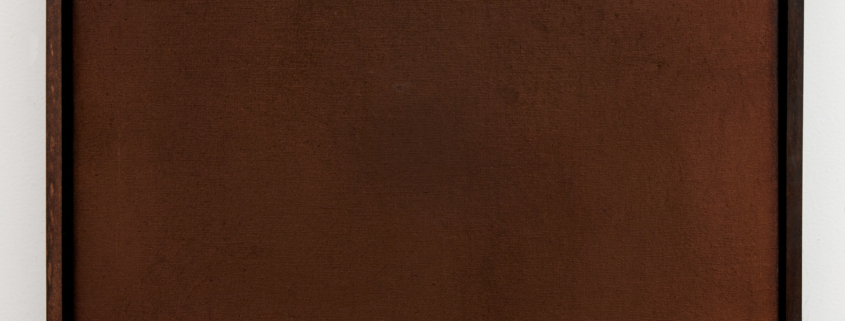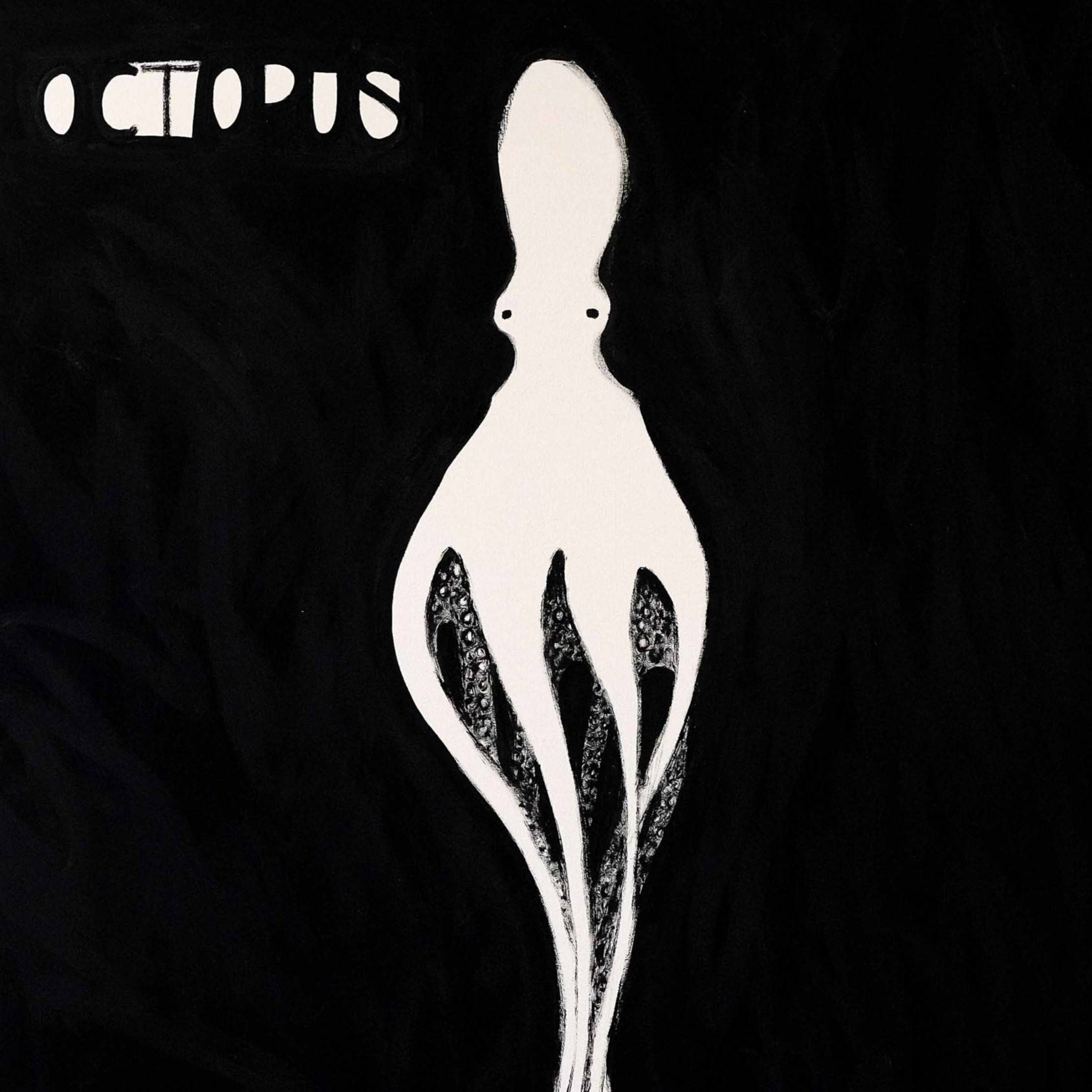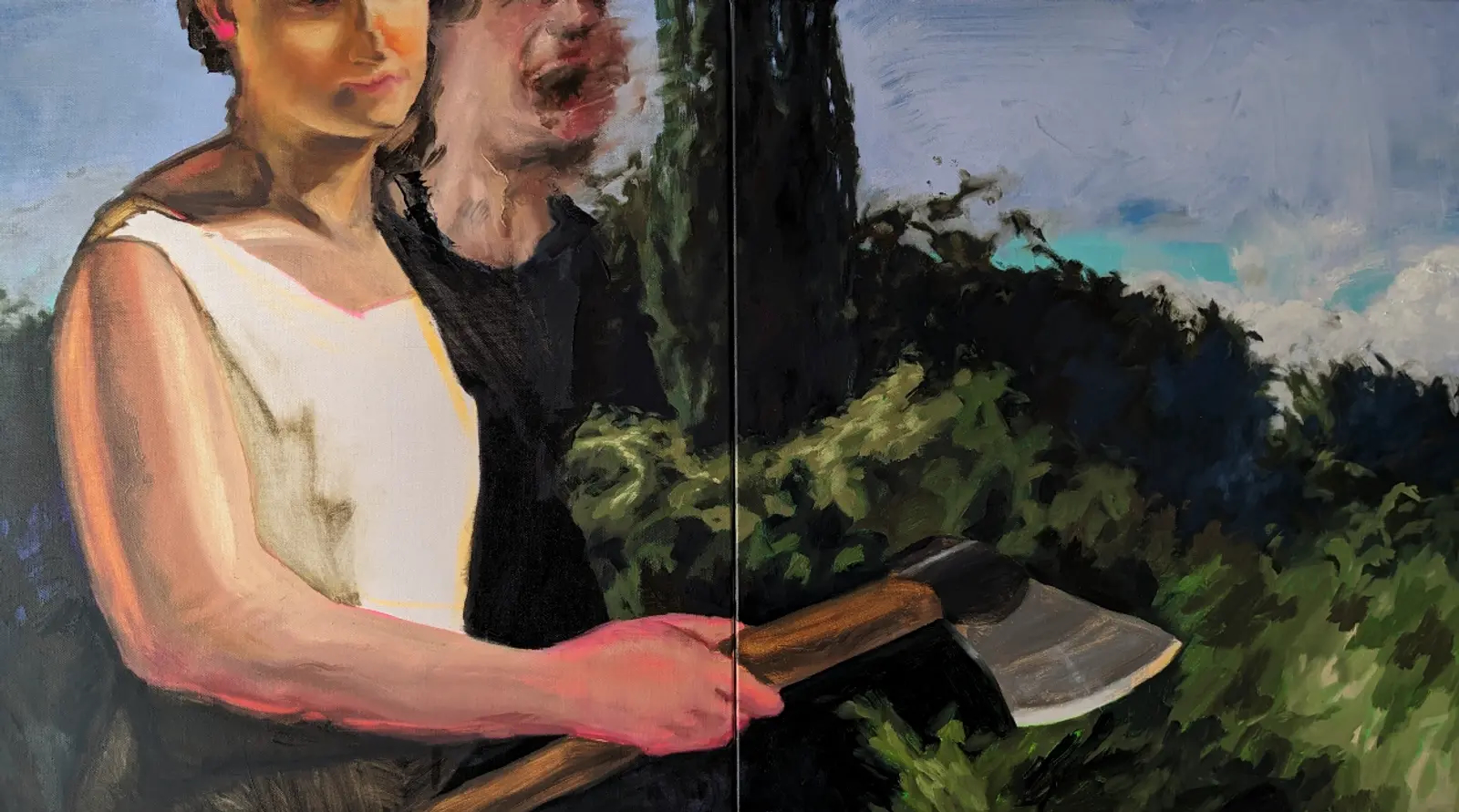
Sanderson are pleased to present the exhibition In the Presence of Absence featuring a new body of work by award winning photographer Kate van der Drift. Known for her large-scale ‘river exposures’ the artist has extended her camera-less photographic explorations in this evocative new series, gently collaborating with nature and utilising site-specific materials.
In the Presence of Absence draws from the dense fluidity of Waikato’s peat lakes, sites of both ecological richness and historical significance. Formed around 18,000 years ago, the lakes are stained by peat to the colour of tea and host a variety of unique ecosystems. [1]
Van der Drift’s artworks act as a series of ‘nature writings’ where the artist creates cyanotype exposures toned with the tannin-rich lake water, creating layered works that capture the essence of this unique wetland environment. Van der Drift creates the images by wrapping cyanotype coated fabric around the trunks of Kahikatea trees, explosing the photosensitive substrate to light that radiates through the tree’s canopies. The pieces of fabric are then soaked in the lake water collected from the nearby peat lakes. This process imbues the works with a tangible sense of place and time, echoing the primordial intensity of the environment.
Presenting a visceral experience, the artworks in this exhibition evoke the muddy, earthly qualities of the peat bogs, the body and buoyancy of the lake water and the subtlety of the light in the region. The layered cyanotypes, with their varied textures and colours, embody the dynamic and multifaceted nature of these wetlands; inviting viewers to engage with the tactile and sensory experience of the area.
The exhibition also reflects on the vast political and environmental implications of peatland drainage and mining. Peatlands, although covering only 3% of the Earth’s surface, hold more carbon than all other plants combined. [2] Their destruction releases significant amounts of carbon dioxide, contributing to climate change. This narrative underscores the reciprocal and responsible practice of relating to this land, emphasising connection and collaboration between human beings and our natural environs.
The artist acknowledges their role as a manuhiri (visitor) in these landscapes, striving to create a practice that is rooted in connection and relationship. The works invite viewers to consider the complexities and intrinsic value of the environments they depict, fostering a sense of respect and responsibility towards these vital spaces.
In the Presence of Absence is a meditation on the hidden narratives within the environment, urging us to tread lightly and with reverence. It is an invitation to witness the beauty in the interplay of presence and absence, light and darkness, and to reflect on our place within the natural world.
[1] [“Peat Lakes” National Wetland Trust.]( https://www.wetlandtrust.org.nz/ wp-content/uploads/2018/10/Wetland_panels){.underline}
[2] “Restoring Peat Wetlands – Our Climate Change Secret Weapon.” Forest and Bird. 2021.




